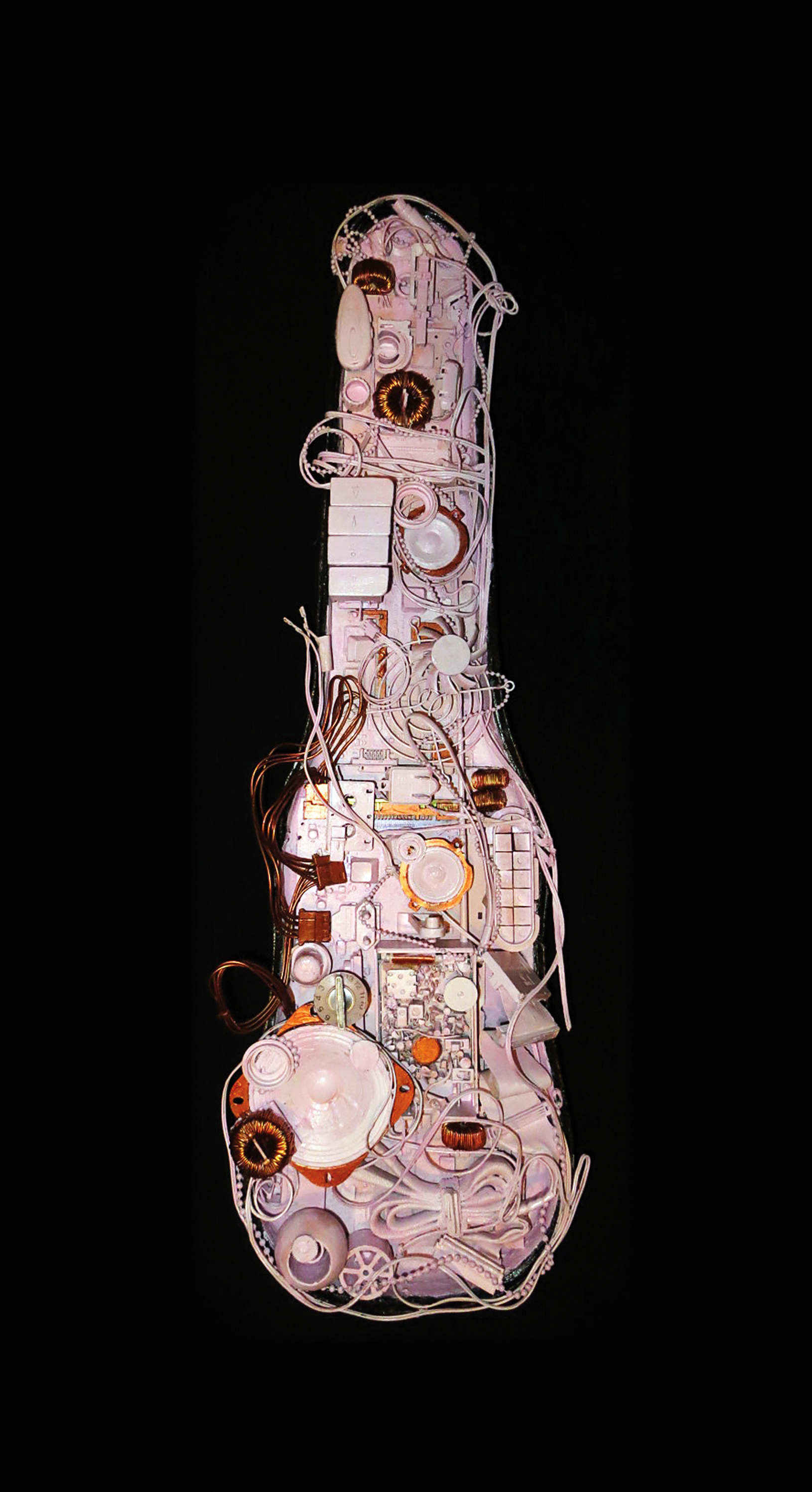This is such an interesting time to be making records. Not only has the business changed entirely under our feet, but the broader iterations in technology we’ve witnessed in the last 20 years have also continued to inform and enable the process in ways the celebrated forbearers of analog audio design could only dream of. The Bettermaker Mastering Limiter got on my radar because it feels like one of those pieces that is looking forward to the next paradigm. In brief, it’s a feature-rich, stereo analog brickwall limiter with an excellent-sounding soft clip circuit, a simple mid/side processor, and timbral processing for adding both even and odd harmonics.
One important addition to the standard audio and power I/O on the rear panel is a USB type-B connector that hooks up the Bettermaker Mastering Limiter to your computer. This allows the unit to communicate with a free companion plug-in available in all the major formats (AAX, AU, VST, and VST3) while offering all the important front panel controls with immediate, painless recall in your DAW of choice. DAW-controlled analog feels like the future we were promised.
I’ve been mixing hybrid since about 2007 and the best solution I’ve been able to find for recalls, still, is to simply take a litany of the most crushingly boring pictures of front panel settings of gear-in-use on the mix du jour. For example, I have 20,000 pictures in my Google photo account and half of them are dimly lit snapshots of threshold settings. The Mastering Limiter’s plug-in based DAW control means there is one less piece of equipment that I have to manage in this way, so I can more effectively and swiftly move between concurrent projects. This methodology solves what is, to me, the single biggest problem of a hybrid mix approach and a direction I hope our industry embraces as a whole.
The other thing about the plug-in control that I found surprisingly useful was the ability to monitor changes to the settings of the unit while in the mix position, regardless of the physical location of the Mastering Limiter. This may not be directly applicable for many mastering engineers, as most tend to use fewer pieces of equipment and located as centrally as possible, but for someone like myself – working more frequently in the multitrack recording space – the plug-in makes it convenient to address changes while still in the mixing sweet spot. The communication is importantly bi-directional, so you can still use the hardware in a traditional way (yay knobs!) while the plug-in tracks changes in real-time. The plug-in also offers many of the high-quality metering modes found on the limiter inside your DAW.
Metering is handled with the robust flexibility one might expect of a product aimed at the mastering space. The user can meter both input or output, and several useful scales are available, including numerous flavors of digital peak/VU, plus K-system scale, spectrum analyzer, and phase correlation (again, the input/output meter switching is perfect here, with the addition of M/S and harmonic processing options) – there’s even a cute little animated PPM (peak program meter). After a simple tone calibration, the unit was accurate to within 1/10th of a dB.
Sonically I have absolutely nothing bad to say about this limiter. I’ve often found mastering gear to sacrifice color for perceived headroom, however, Bettermaker has found an interesting sweet spot with their Mastering Limiter. Driven responsibly, it’s as transparent as you’d expect and flatteringly neutral to any source. Given the options to soft clip and saturate, you can also drive this thing into some properly colorful territories with flexibility on into the shred zone and beyond. I found this to be particularly evident when I had a bonehead use-case in mind for this box. I came up mixing through Apogee X-Series converters [Tape Op #59] and am not too proud to admit I used to sometimes lean on the onboard soft limit to maximize perceptual volume and to never see any red lights on the print return. In my fantasy, I was hoping for a similar type of behavior from the Bettermaker Mastering Limiter’s soft clip function. My console tends to like to be driven pretty hard, so I’m often mixing in the upper extents of best practices – the Bettermaker Mastering Limiter made even the most asshole gain structuring okay without having to pull the master fader down. That alone makes this box worth picking up to me.
However, once I dug in a little more I found that if I took the time to set up gain structure correctly, the amount of color I could dial in with the saturation and soft clipping made the harmonics I was attempting to coax out of the console a bit of a moot point (and could be especially beneficial for users primarily mixing in the box). Interestingly enough, even though this limiter can hang with my dumbass plan for it, Bettermaker’s implementation made it such that I could achieve a similarly harmonically rich result but with much less time spent trying to finesse the last half a dB of perceptual volume out of the highest point of the digital bit word. Bettermaker inadvertently made me a better citizen, too.
Though this product is presented as mastering gear, the cost, feature set, and sound makes the Bettermaker Mastering Limiter a compelling tool for people working in the mixing world. Even in my short time with it, I found it to be a surprisingly deep, yet operationally simple, limiter with a useful set of colors that couldn’t be more convenient to access and recall, as well as a dead-simple cure to DAW input clipping on the days where I am chasing headroom at +20 dBu.




_disp_horizontal_bw.jpg)